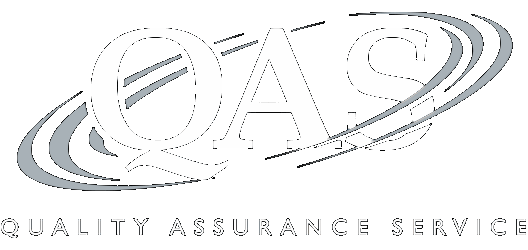Federal and State R&D Credits: Comparing Federal and State Guidelines, Eligibility Requirements, Retroactive Application
Recording of a 110-minute CPE webinar with Q&A
This course will review the research and development (R&D) credits offered by states. Our panel of state and local tax specialists will explain the credit requirements in specific states, review the federal guidelines for the R&D credit, and explain the process of applying for missed credits in prior years.
Outline
- The Research & Development Credit
- Federal R&D credit
- Specific state R&D Credits
- California
- Connecticut
- Florida
- Georgia
- Maryland
- Massachusetts
- Michigan
- New Jersey
- Ohio
- Pennsylvania
- South Carolina
- Texas
- Utah
- Vermont
- Virginia
- Retroactive application for R&D credits
Benefits
The panel will cover these and other critical issues:
- How the R&D credit operates in different states
- Examples of eligibility requirements for the R&D credit in specific states
- Which taxpayers could be eligible to take the R&D credit in prior years
- Differences between the federal and certain state R&D credits
Faculty

Ronald G. Wainwright, Jr., CPA
Partner, Tax Credits & Incentives Advisory
Cherry Bekaert
Mr. Wainwright has more than 25 years of tax advisory experience and works with multi-national, public and closely... | Read More
Mr. Wainwright has more than 25 years of tax advisory experience and works with multi-national, public and closely held companies in several industries. He sits on the firm's Manufacturing and Distribution Team, and on the National Association of Manufacturers' Tax Steering Committee and Tax Policy and R&D Coalition.
Close
Vivian Kohrs
Director
Cherry Bekaert Advisory
Ms. Kohrs is a Director in Cherry Bekaert’s Tax Credits & Incentives Advisory practice in the Tysons Office.... | Read More
Ms. Kohrs is a Director in Cherry Bekaert’s Tax Credits & Incentives Advisory practice in the Tysons Office. With strong data and analytical skills, including the use of Alteryx, she helps the Firm with strategic developments of numerous firm wide engagement enablement tools. Ms. Kohrs has helped client teams establish their Research Tax Credit study process and achieve significant tax savings. Her focuses include research credit studies in the automotive, pharmaceutical, health & life sciences, aerospace and defense, financial institutions, manufacturing, and computer software industries. Additional areas of experience include Section 174 Research Expenditures, UNICAP, accrued bonus, inventory accounting, and other accounting method changes and associated calculations.
Close
Derek Belza
Manager
Cherry Bekaert
Mr. Belza is a Manager in Cherry Bekaert’s Tax Credits & Incentives Advisory practice and is located in the... | Read More
Mr. Belza is a Manager in Cherry Bekaert’s Tax Credits & Incentives Advisory practice and is located in the Raleigh, NC office.
Close
